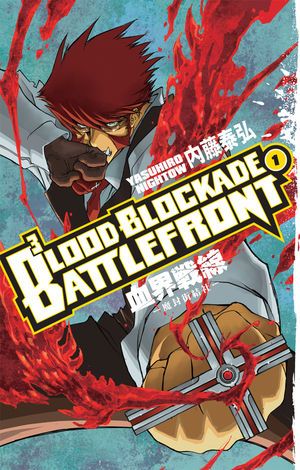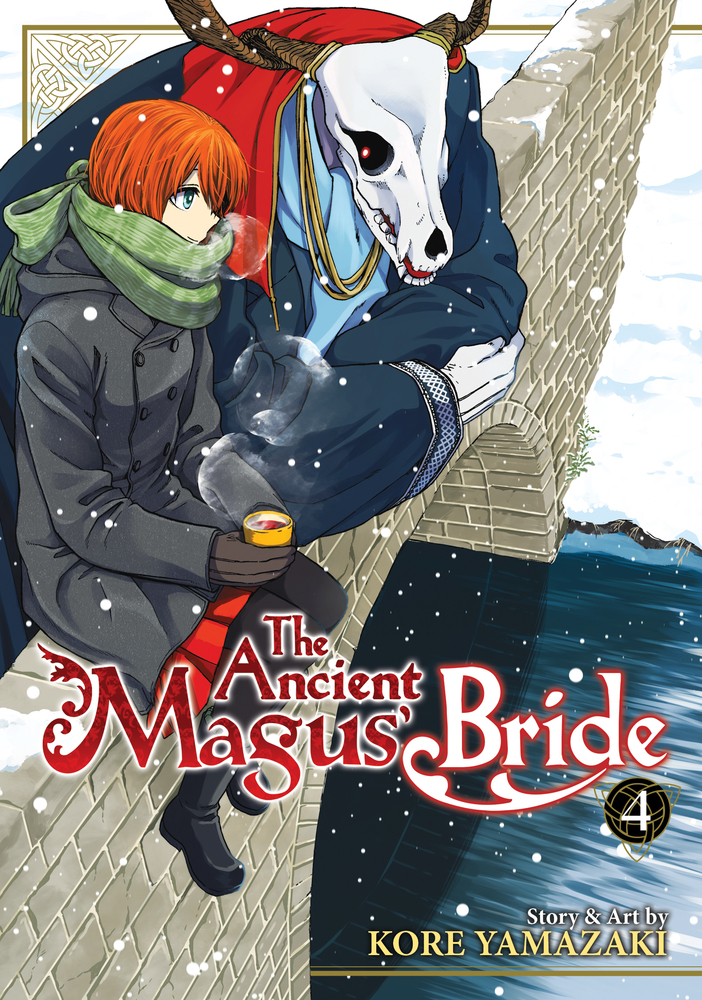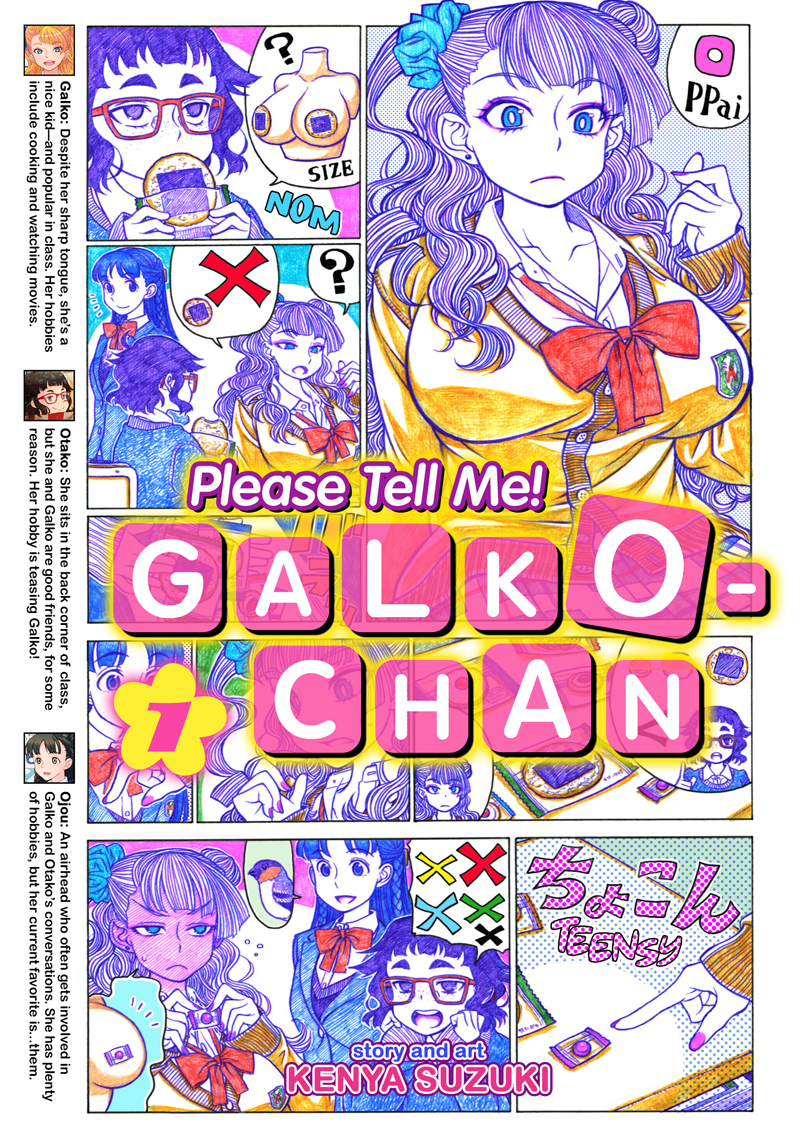The end of February is almost here which means it's yet again time for another giveaway at Experiments in Manga. This month everyone will have the opportunity to win the first omnibus of Hajime …
My Week in Manga: February 13-February 19, 2017
My News and Reviews Hooray! I managed to write and post another in-depth review at Experiments in Manga. Even if I'm not writing as much as I once was, it still feels pretty good to get back into the …
Continue Reading about My Week in Manga: February 13-February 19, 2017 →
My Week in Manga: February 6-February 12, 2017
My News and Reviews Last week at Experiments in Manga I posted the Bookshelf Overload for January–it was kind of a strange month for manga and other media acquisitions for me, but it wasn't as …
Continue Reading about My Week in Manga: February 6-February 12, 2017 →
My Week in Manga: January 30-February 5, 2017
My News and Reviews Last week at Experiments in Manga the winner of the Please Tell! Me Galko-chan manga giveaway was announced. The post also includes a fairly comprehensive list of the full-color …
Continue Reading about My Week in Manga: January 30-February 5, 2017 →
Manga Giveaway: Please Tell Me! Galko-chan Giveaway Winner
And the winner of the Please Tell Me! Galko-chan manga giveaway is... Dawn! As the winner, Dawn (whose Anime Nostalgia Podcast is well-worth checking out, by the way) will be receiving the first …
Continue Reading about Manga Giveaway: Please Tell Me! Galko-chan Giveaway Winner →
My Week in Manga: January 23-January 29, 2017
My News and Reviews The end of the month is approaching which means it's time for Experiments in Manga's monthly giveaway. The winner of the most recent giveaway will be announced on Wednesday, so …
Continue Reading about My Week in Manga: January 23-January 29, 2017 →





